Head and neck tumors
Ocular malignancies are a serious disease. Symptoms include decreased vision, pain, and abnormal secretions. Heavy ion therapy is a radiation therapy technique with advantages such as minimal side effects and short recovery time. Treatment for ocular malignancies needs to be evaluated and tailored based on the patient's specific circumstances. If you experience any symptoms of ocular discomfort or suspicion of ocular malignancies, it is recommended to seek medical attention promptly.
Nasopharyngeal carcinoma is a malignant tumor that occurs in the mucosa of the nasopharynx. Symptoms include bloody nasal discharge, tinnitus, hearing loss, and headache. Heavy ion therapy has significant efficacy, minimal side effects, and short recovery time. Treatment for nasopharyngeal carcinoma should be evaluated and tailored based on the patient's specific circumstances. If there are suspected symptoms, prompt medical attention is recommended.
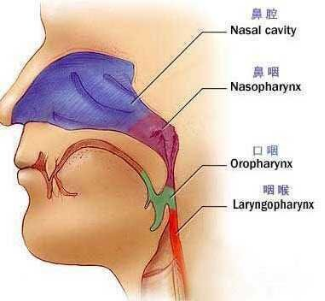
Oral cancer is a malignant tumor that occurs in the mucosa of the oral cavity, with symptoms including painless ulcers or lumps in the mouth. Treatment options include surgery, radiation therapy, and immunotherapy. For patients who are not suitable for surgery or radiation therapy, heavy ion therapy may be an effective choice. Heavy ion therapy offers advantages such as precise targeting of tumor cells and reduced risk of complications, and it can be used in conjunction with other treatment methods to enhance therapeutic outcomes.
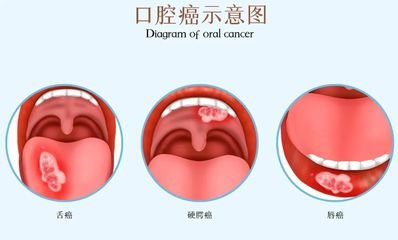
Tongue cancer is a malignant tumor that occurs in the mucosa of the tongue, and treatment options include surgery, radiation therapy, and chemotherapy. Symptoms of tongue cancer include pain in the tongue area, ulcers, lumps, numbness, and difficulty swallowing. Patients who are not suitable for surgery or radiation therapy may consider heavy ion therapy. Heavy ion therapy offers advantages such as precise targeting of tumor cells and reduced risk of complications, but the specific treatment plan should be determined based on the patient's individual circumstances and medical advice.
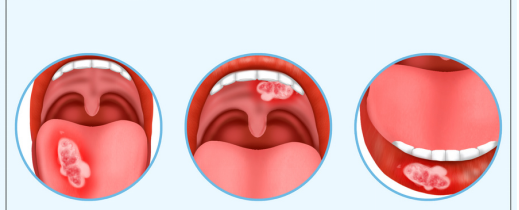
Pharyngeal cancer is a malignant tumor that occurs in the throat area, with symptoms including hoarseness, difficulty swallowing, difficulty breathing, and swollen neck lymph nodes. Heavy ion therapy offers significant efficacy, minimal side effects, and broad indications, making it suitable for various types of pharyngeal cancer. Surgery remains an important treatment modality for pharyngeal cancer. If there are symptoms suggestive of pharyngeal cancer, prompt medical attention is recommended for early diagnosis and treatment.
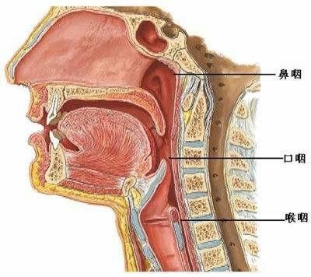
Laryngeal cancer is a malignant tumor that occurs in the larynx, with symptoms including hoarseness, difficulty breathing, difficulty swallowing, and swollen neck lymph nodes. Heavy ion therapy offers significant efficacy, minimal side effects, and a wide range of applications, making it suitable for various types of laryngeal cancer patients. In addition to surgical resection, treatment options for laryngeal cancer may include radiation therapy and chemotherapy. If there are symptoms suggestive of laryngeal cancer, prompt medical attention is recommended for early diagnosis and treatment. The above information is for reference only, and specific situations should be addressed based on medical advice.
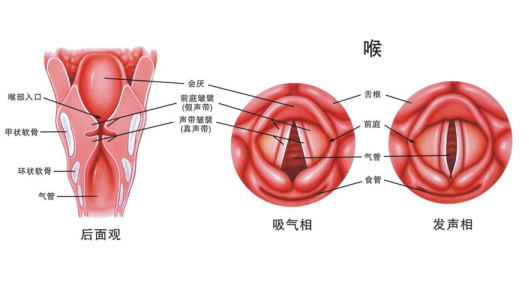
Malignant tumors of the nasal cavity and sinuses are malignant tumors that occur in the nasal cavity and sinus areas, with symptoms including bloody nasal discharge, nasal congestion, headaches, and facial swelling. Heavy ion therapy is a type of radiation treatment technology that offers significant efficacy, minimal side effects, and a wide range of applications. For patients who are not suitable for surgery, heavy ion therapy is an option. If there are symptoms suggestive of this condition, prompt medical attention is recommended for early diagnosis and treatment. Surgical treatment remains one of the most common methods, and when combined with other treatment modalities, it can improve treatment outcomes.
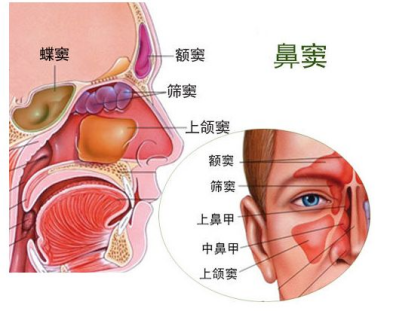
Head and neck mucosal melanoma is a malignant tumor of melanocytes that occurs in the mucous membranes of the head and neck. Symptoms include changes in skin spots or moles, pain or itching, and swollen lymph nodes. Heavy ion therapy is a type of radiation treatment technology that offers significant efficacy, high local control rates and survival rates, and minimal damage to surrounding normal tissues. For patients who are not suitable for surgery, heavy ion therapy is an option. If there are symptoms suggestive of this condition, prompt medical attention is recommended for detailed examination and diagnosis, and to select appropriate treatment methods.
Head and neck adenoid cystic carcinoma is a malignant tumor in the head and neck that contains secretory gland-like substances. Heavy ion therapy is an effective treatment option. Symptoms may include headaches, facial swelling, and hearing loss. For patients who are not suitable for surgery, heavy ion therapy is a choice. Heavy ion therapy features high dose density and minimal damage to surrounding normal tissues, while causing minimal harm to surrounding normal tissues. If there is suspicion of head and neck adenoid cystic carcinoma, prompt medical attention is recommended for detailed examination and diagnosis, and to choose appropriate treatment methods. Surgical treatment remains one of the most common methods.
Cervical lymph node metastatic malignant tumor refers to a malignant tumor that originates in the lymph nodes, with symptoms including swollen lymph nodes, pain, and fever. Heavy ion therapy is an effective choice, offering higher local control rates and survival rates, with minimal damage to surrounding normal tissues. If there are symptoms suggestive of this condition, prompt medical attention is recommended for early diagnosis and treatment. Treatment methods need to be evaluated and determined based on individual circumstances.
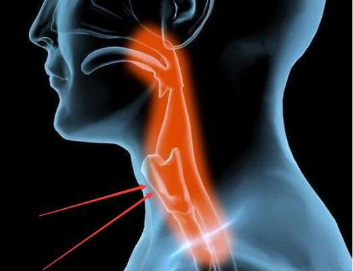
Thyroid cancer is a malignant tumor that originates from thyroid follicular cells. Heavy ion therapy is an effective choice. Symptoms include a lump in the thyroid area, hoarseness, difficulty breathing, and swallowing difficulties. Treatment methods need to be evaluated and determined based on individual circumstances. If there are symptoms suggestive of this condition, prompt medical attention is recommended for early diagnosis and treatment.
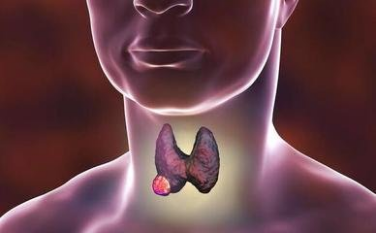
Head and neck soft tissue tumors include benign and malignant tumors, with symptoms varying depending on the nature, size, and location of the tumor. Benign tumors are usually asymptomatic or mildly painful, while malignant tumors may present symptoms such as pain, swelling, bleeding, and ulcers. Heavy ion therapy is an effective choice. Characterized by high dose density and minimal damage to surrounding normal tissues, it can more effectively kill tumor cells and reduce the risks of recurrence and metastasis. If there are symptoms suggestive of this condition, prompt medical attention is recommended for detailed examination and diagnosis, and to choose appropriate treatment methods. Surgical treatment remains one of the primary treatment methods.
Tonsillar malignant tumors occur in the tonsil region, with symptoms including pain and discomfort in the tonsillar area, tonsillar lump, hoarseness, and difficulty breathing. Heavy ion therapy, characterized by high dose density and minimal damage to surrounding normal tissues, can more precisely target tumor cells. Treatment methods include surgery, radiotherapy, chemotherapy, etc. Specific plans should be evaluated and formulated according to the patient's condition. The prognosis of tonsillar malignant tumors is related to factors such as tumor location, stage, pathological type, and treatment method. If there are symptoms suggestive of this condition, prompt medical attention is recommended for detailed examination and diagnosis, and to choose appropriate treatment methods.
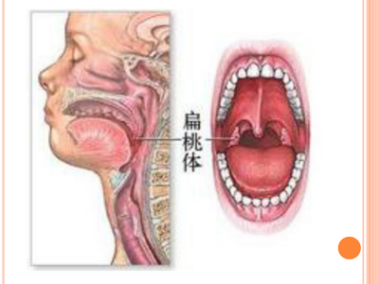
Head and neck lymph node metastatic cancer is a malignant tumor that occurs when malignant tumors in the head and neck region spread to the lymph nodes in the neck. Symptoms include neck lumps, pain, and swelling. Heavy ion therapy, characterized by high dose density and minimal damage to surrounding normal tissues, can target tumor cells more precisely. Treatment methods include surgery, radiotherapy, chemotherapy, etc. Specific plans need to be evaluated and formulated according to the patient's condition. The treatment principle is to alleviate patients' suffering and improve their quality of life.
